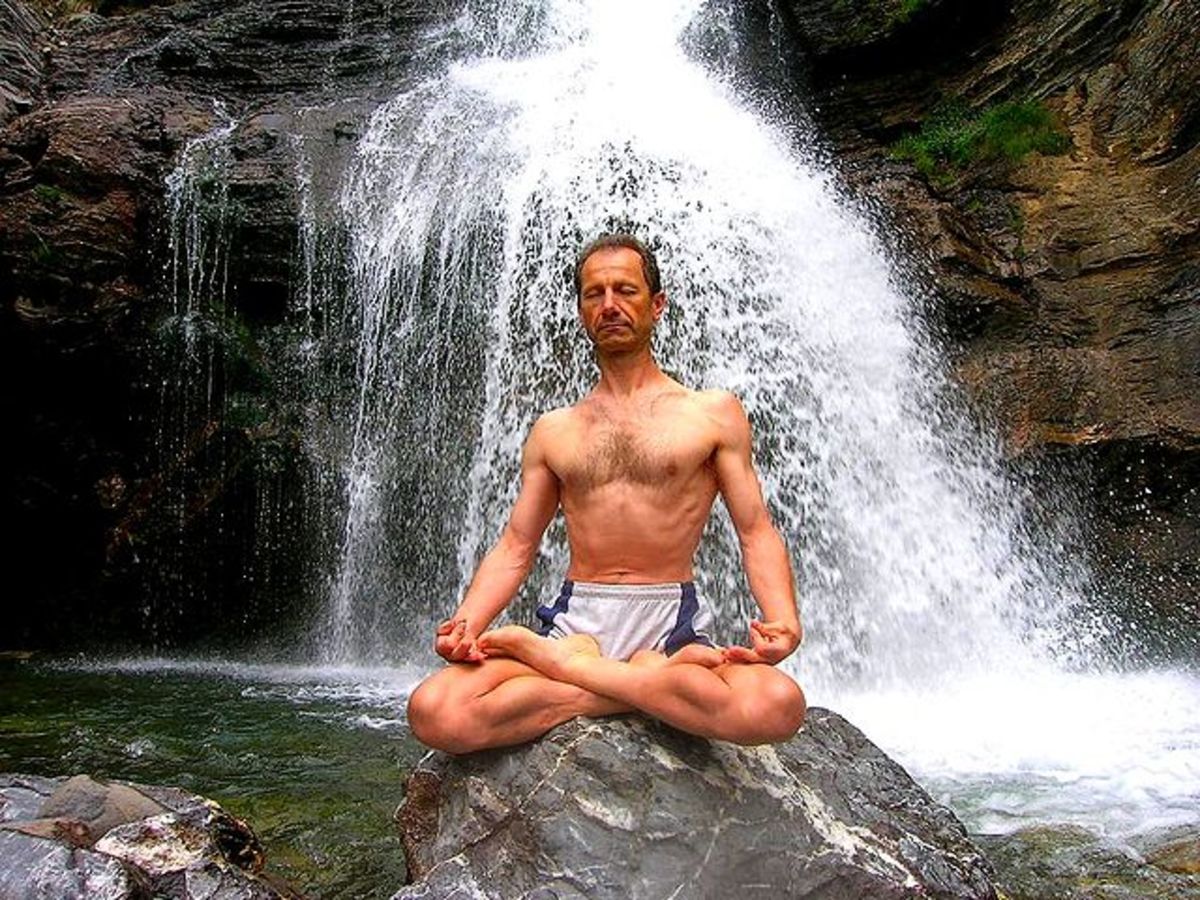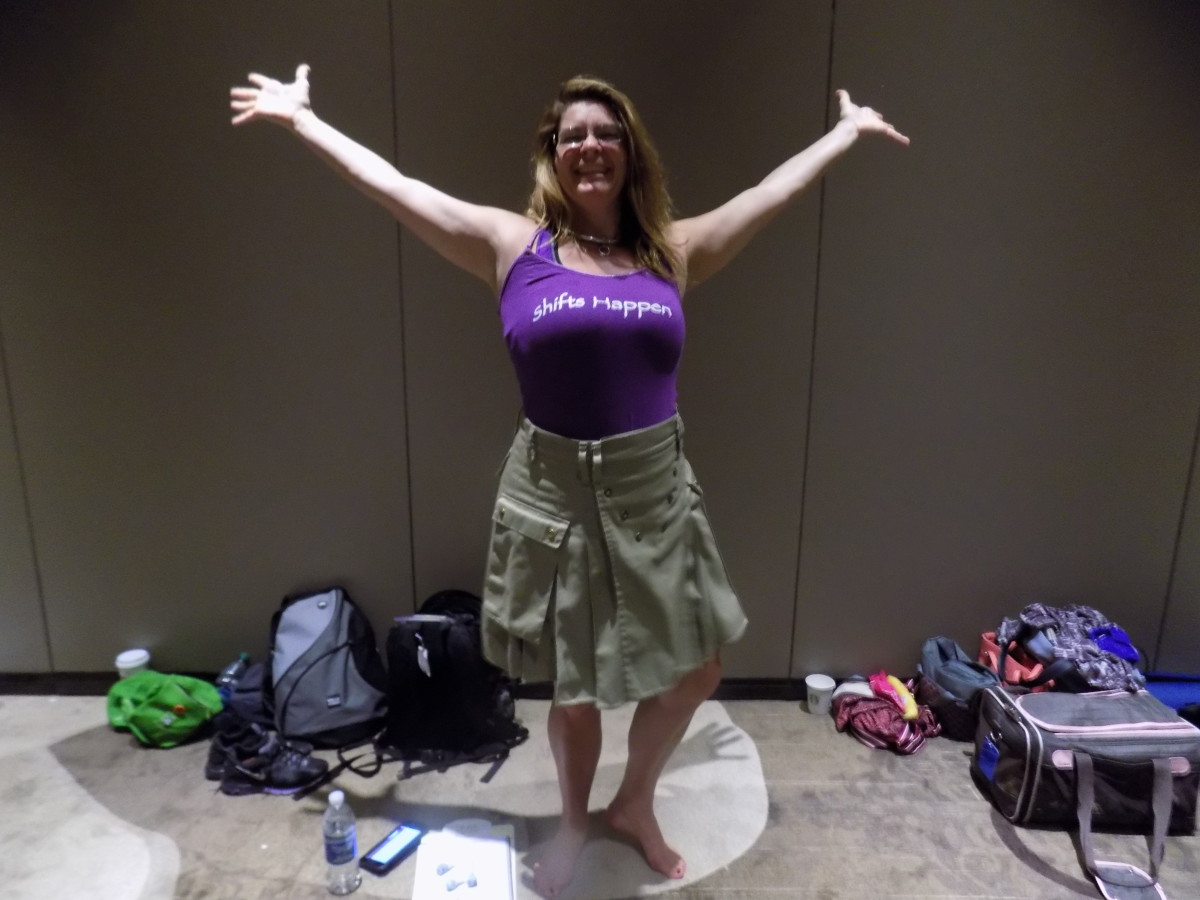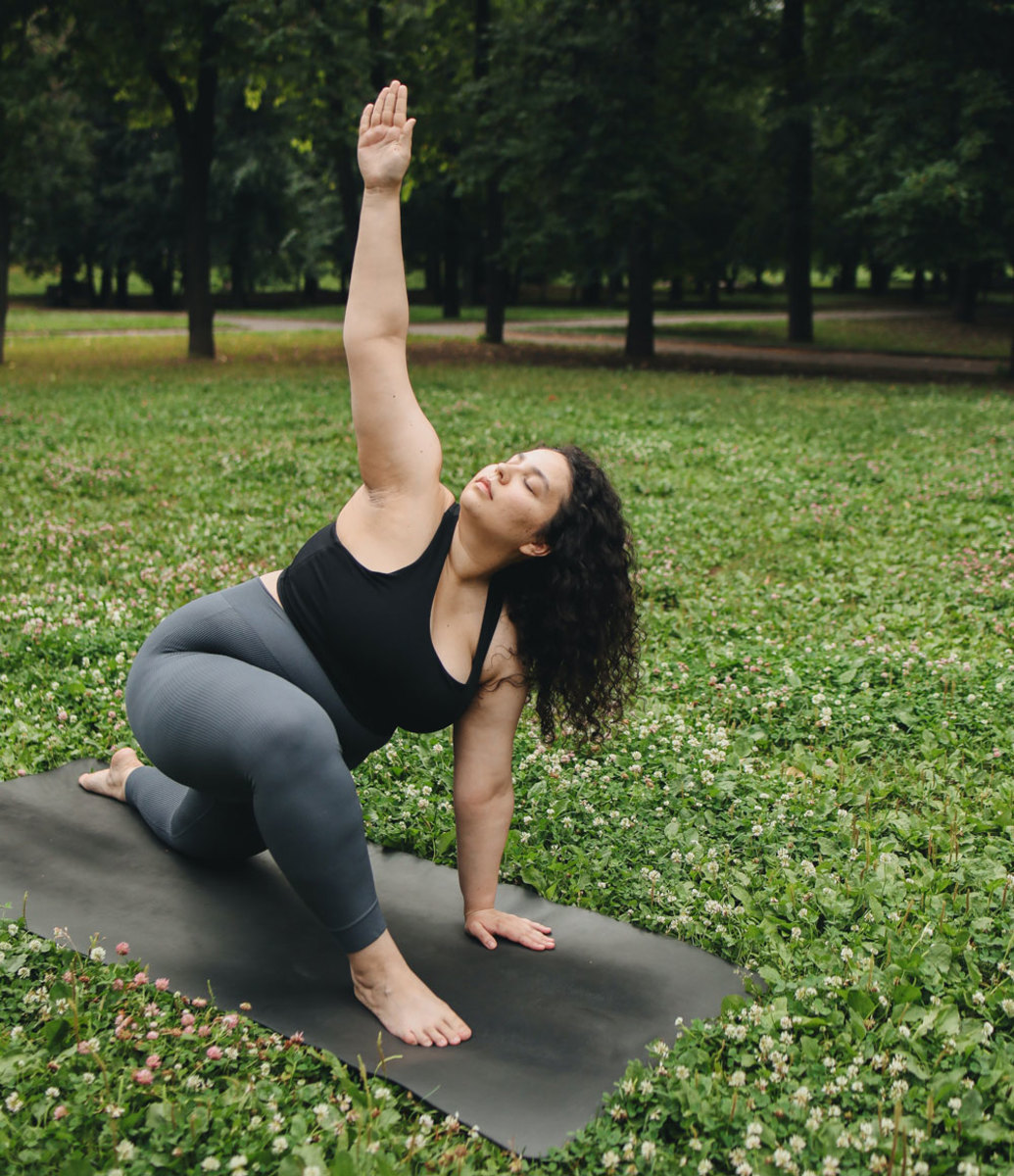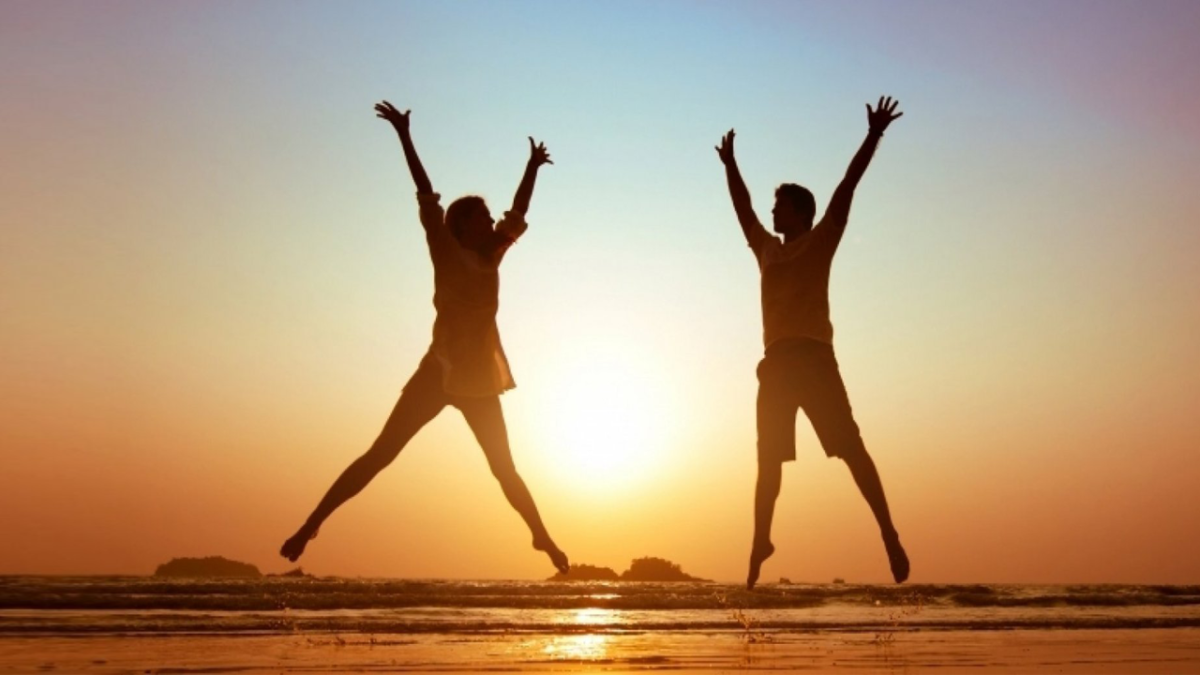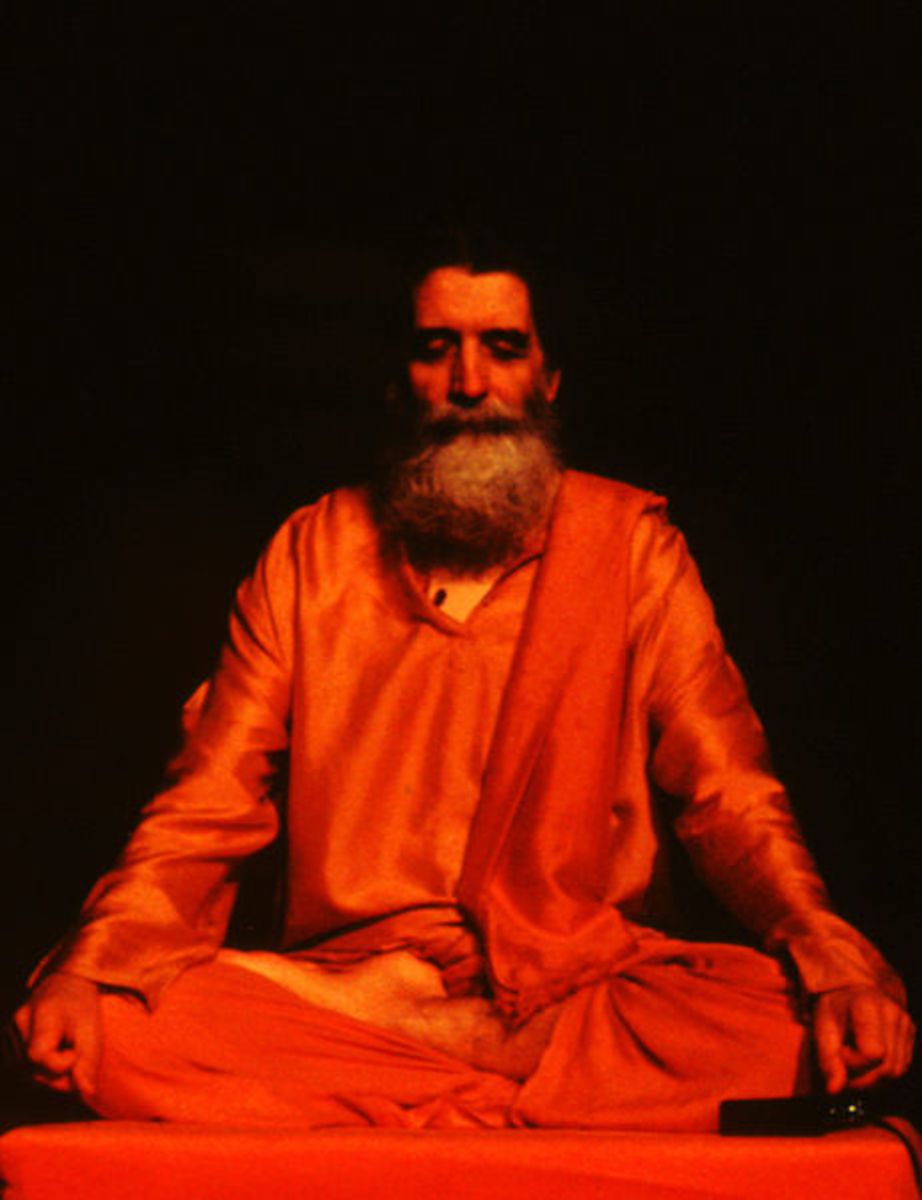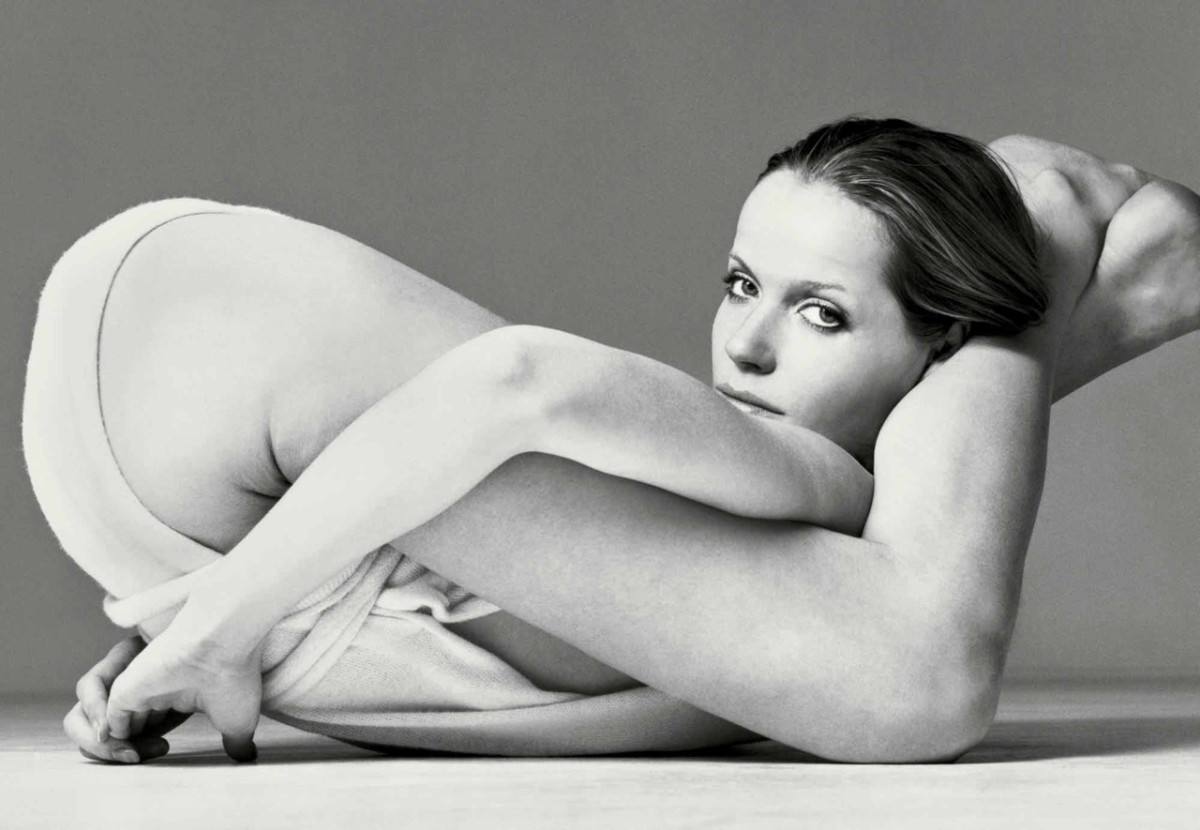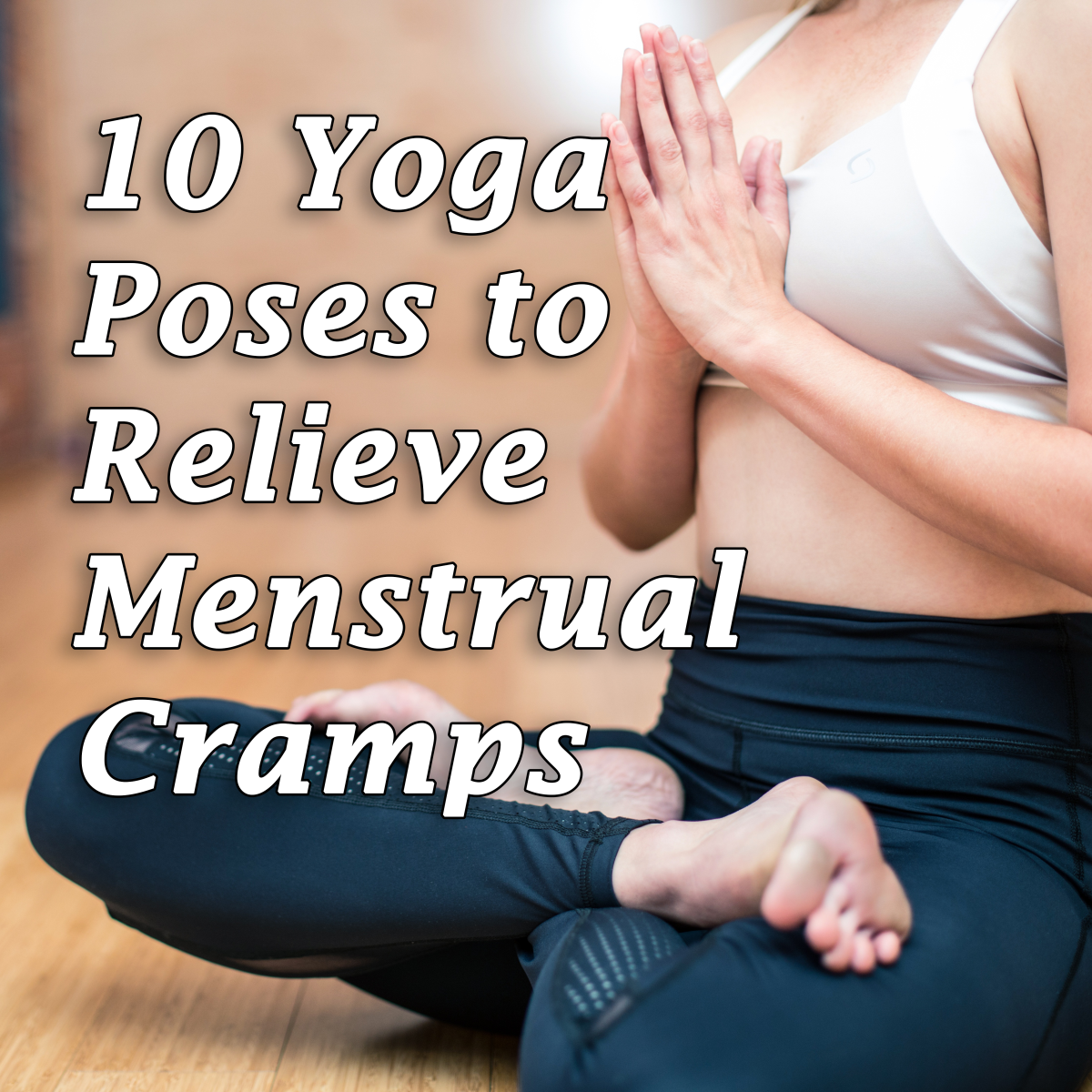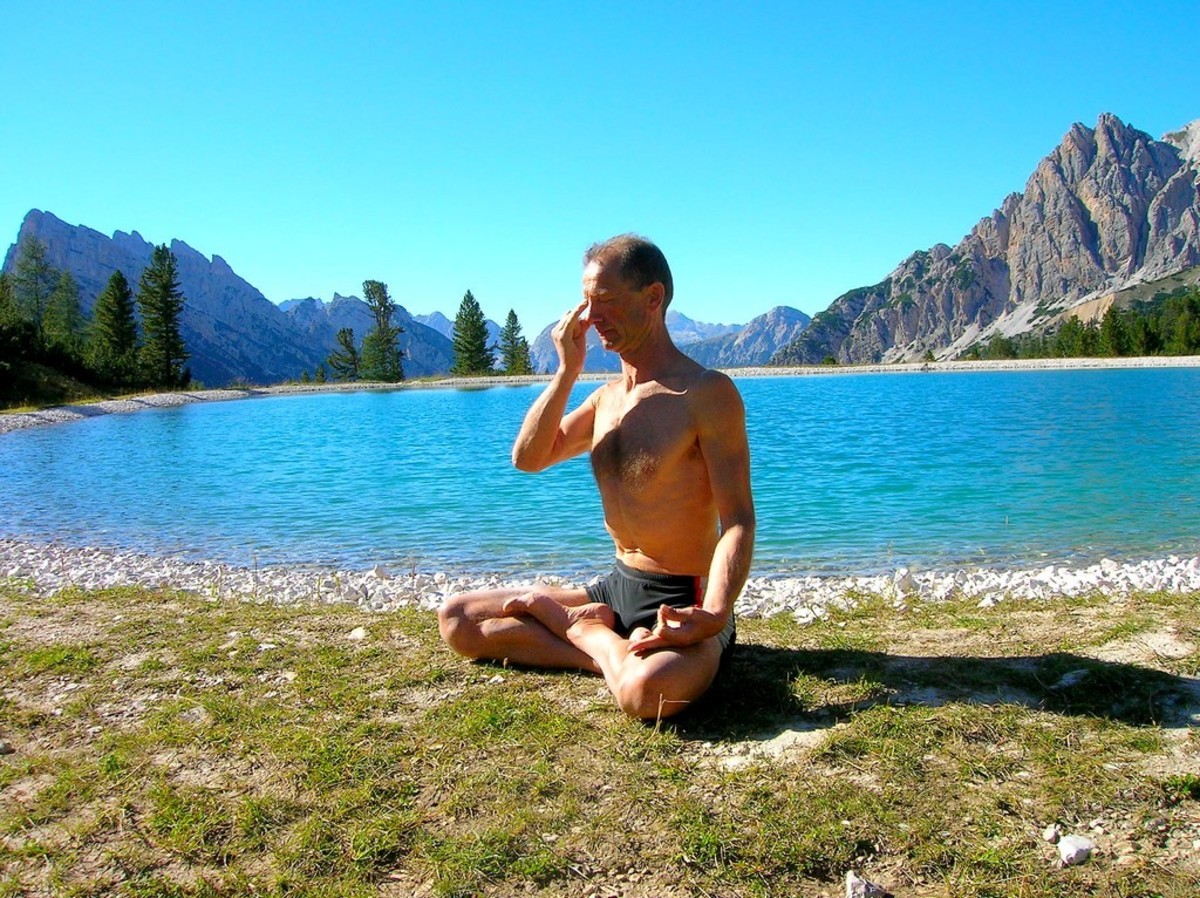Learn How to Relax with Yoga
Yoga Poses: Twists
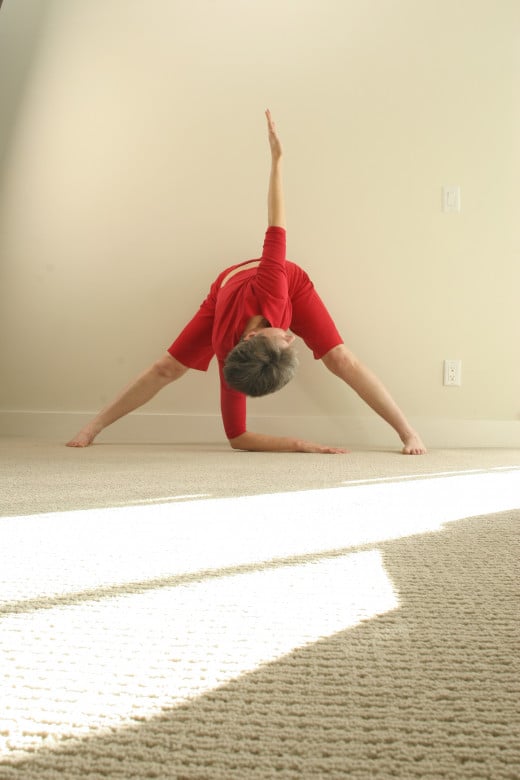
The Physiology of Stress
In times of stress, our bodies change their inner balance and move to a state of arousal. Heart rate, blood pressure and respiration increase to pump more blood to the muscles and provide more oxygen. Adrenaline and other stress hormones are secreted as a direct reaction to stressful situations, with powerful effects of the whole body. Blood sugar increases, to supply energy for quick emergency actions. At the same time, the blood supply to the digestive organs and immune system decreases, causing these systems to slow down. Excessive levels of the stress hormones called glucocorticoids have been shown to inhibit bone formation, suppress calcium absorption, and delay wound healing.
In the short term this response to stress can help us solve problems and dodge harm, in the "fight or flight" response to danger. However, for many people today, this state of arousal continues for days, weeks, or years, as we react to a stressful work environment, an over-booked schedule, constant multi-tasking, lack of balance among work, family, and personal needs, insufficient sleep, and improper attention attention to nutrition and self-care. In the long term, this extended state of arousal caused by stress damages our bodies and diminishes our quality of life.
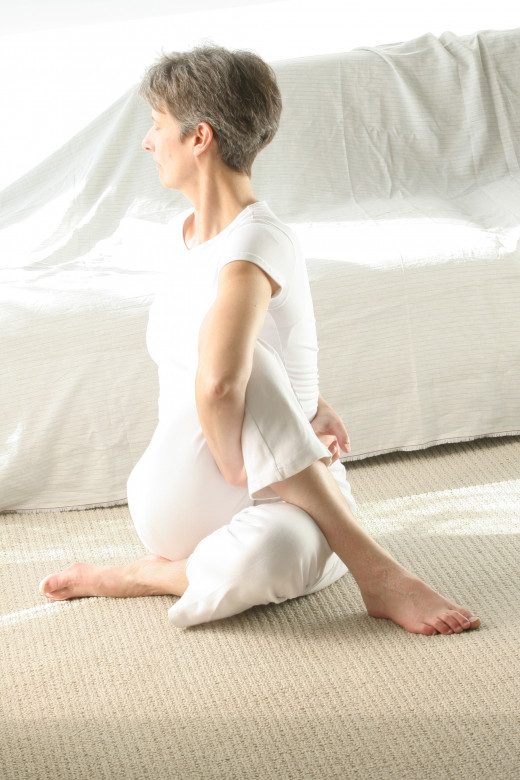
Relaxation Breathing
Yoga can help people learn how to relax.
The first thing yoga teaches us is to connect with the breath. The full yogic breath, exhaling fully then inhaling into the belly, into the ribs, and into the collarbones, is the first lesson of yoga, and one we continually return to in every position, or asana, we move into. The full yogic breath balances the blood chemistry by fully emptying the carbon dioxide and waste gases from the lungs, then filling them with fresh air, allowing every cell in the body to oxygenate fully, metabolize toxins and wastes, and cleanse itself.
Yoga Poses: Forward Folds
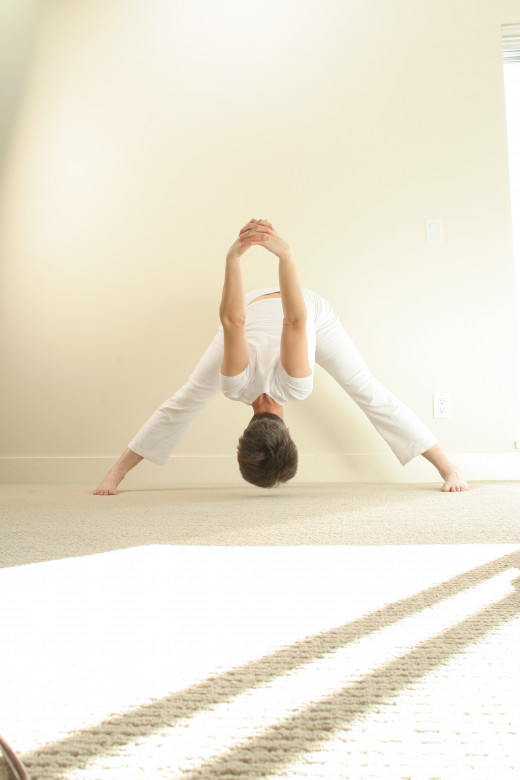
Yoga poses: Inversions
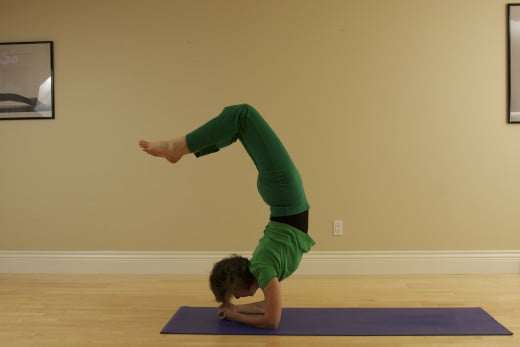
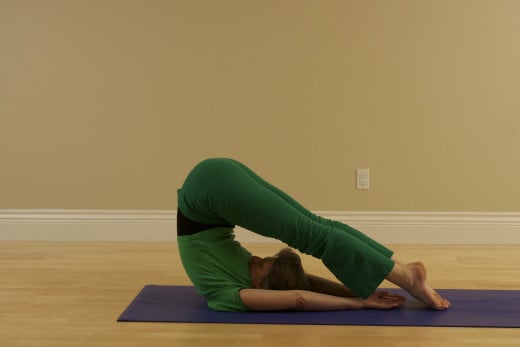
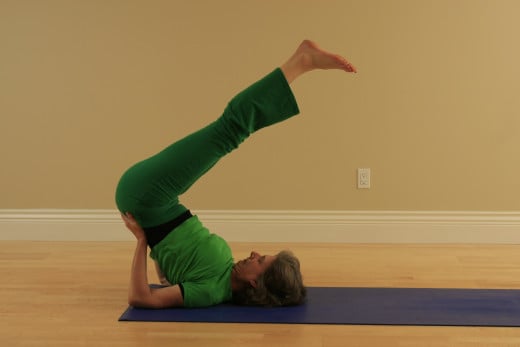
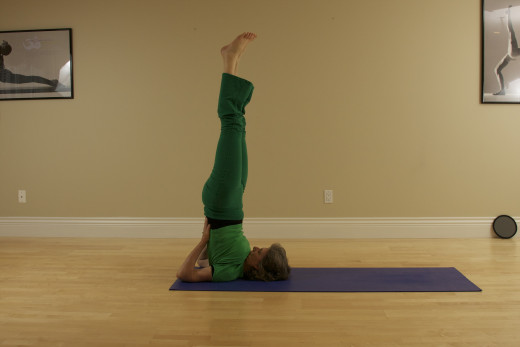
The Relaxation Response
The motion of the diaphragm, the strong breathing muscle that connects to the bottom of the ribs below the lungs, tones and massages all the abdominal organs and allows them to function more perfectly. As we consciously breathe fully, we trigger the relaxation response. Our body starts to shift from the sympathetic nervous system, which is the "fight or flight" system, to the parasympathetic nervous system, which is the nervous system the body uses for digestion, cell creation and growth, tissue regeneration, and healing. Breathing fully and with awareness triggers the mind to become quiet, inviting a state of meditation and inner stillness, which in yoga we call "dhyana."
Relax Muscles
Once we have connected with our breath and started to quiet the mind, we can start to release tensions from the body. We do this in yoga by moving slowly and mindfully through a sequence of physical postures, holding each one and breathing deeply in it, moving deeper into the stretch with each exhalation. In each posture we are poised at a point of balance between opposing forces, each posture still yet dynamic at the same time.
Each yoga pose releases tension from specific muscle groups. For example, Rag Doll Up and Down massages the spine; Standing Forward Fold with the hands clasped behind the back in Yoga Mudra releases tension in the upper back and neck; inversions like Downward Facing Dog, Plough, Shoulder Stand, and Legs Up the Wall turn the body upside down and reverse the effects of gravity, while they release toxins and metabolic wastes from sluggish organs and tissues; and Twists squeeze the spine and organs, flooding them with fresh nutrients when we release the pose.
The vigourous, athletic sequence of poses called Sun Salutations, or Surya Namaskar, that is commonly practiced near the beginning of a yoga class, cleanses and detoxifies the whole body, stretching every joint, working every major muscle group, ventilating the lungs, and raising the heart rate.
Finally, each class or practice ends with seven to twelve minutes of mindful, conscious relaxation lying on the back in Savasana, when we quiet the body, quiet the mind,and move into inner stillness. Ten minutes in the restorative state of alert, quiet relaxation brings the body benefit equivalent to several hours of sleep, allowing healing, regeneration, and balance.
These video clips are from my series of four yoga DVDs to support home practice. Take out your yoga mat and practice with them at home to experience how yoga can help you learn how to relax. The complete DVDs are available here.


